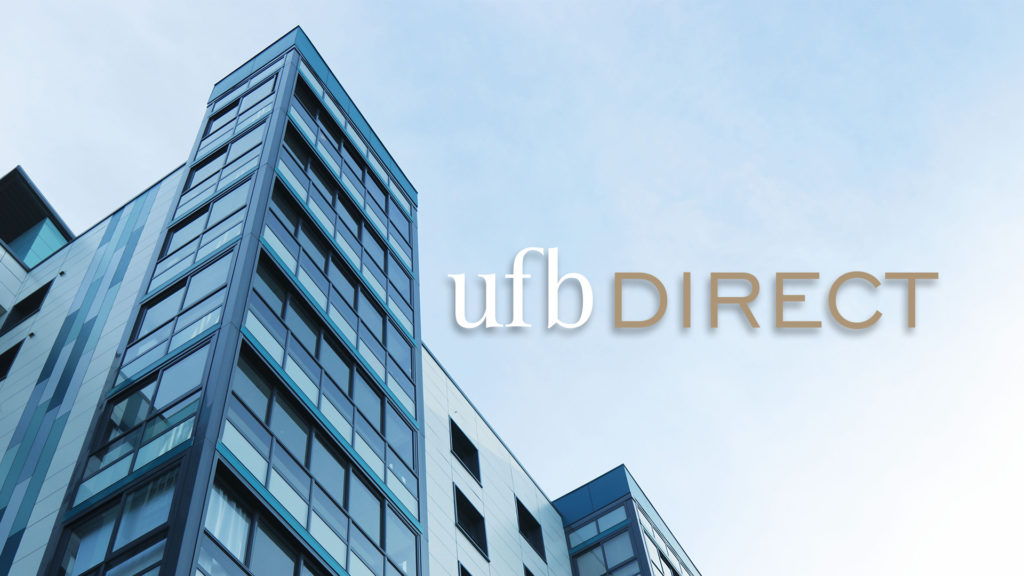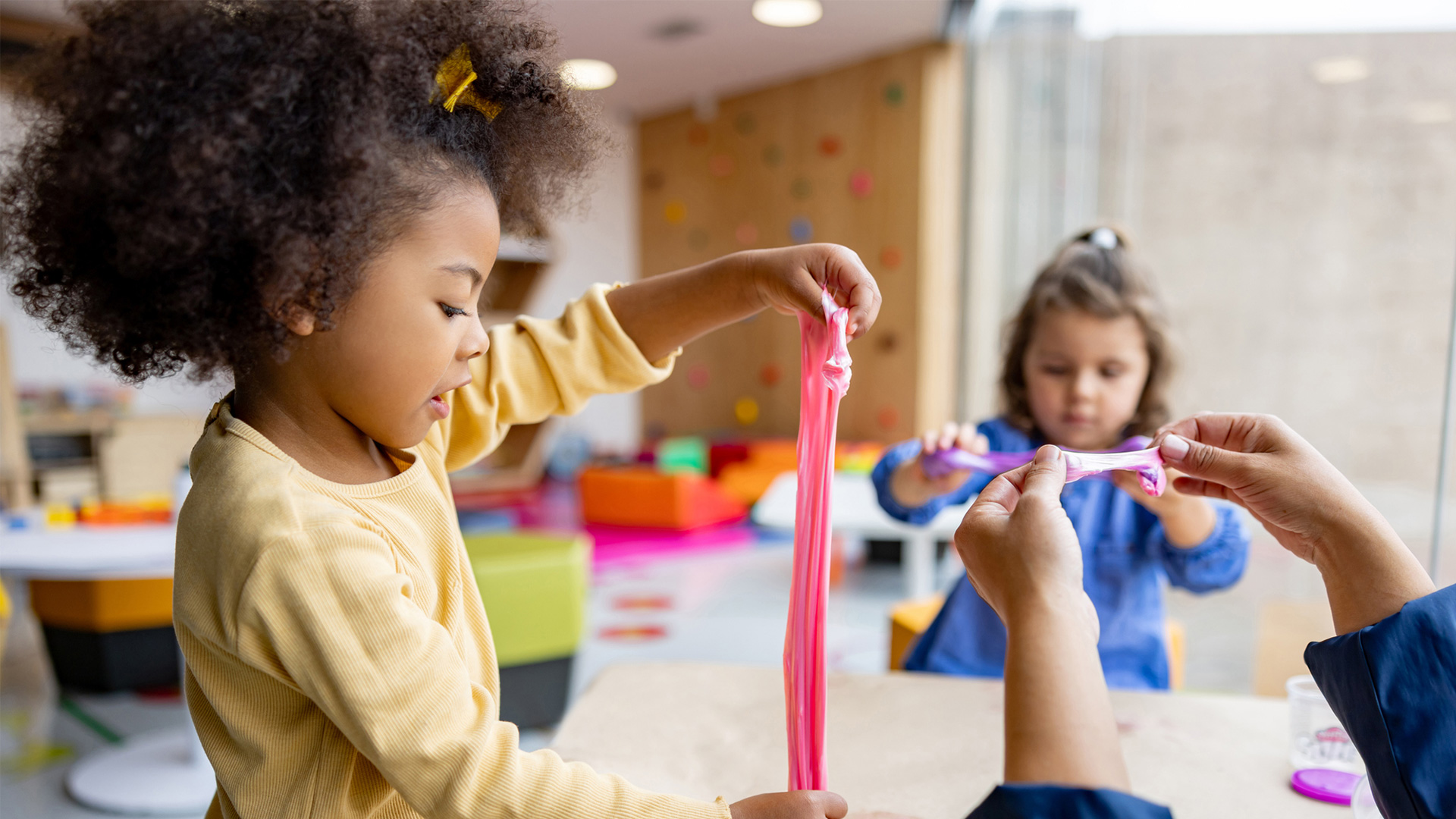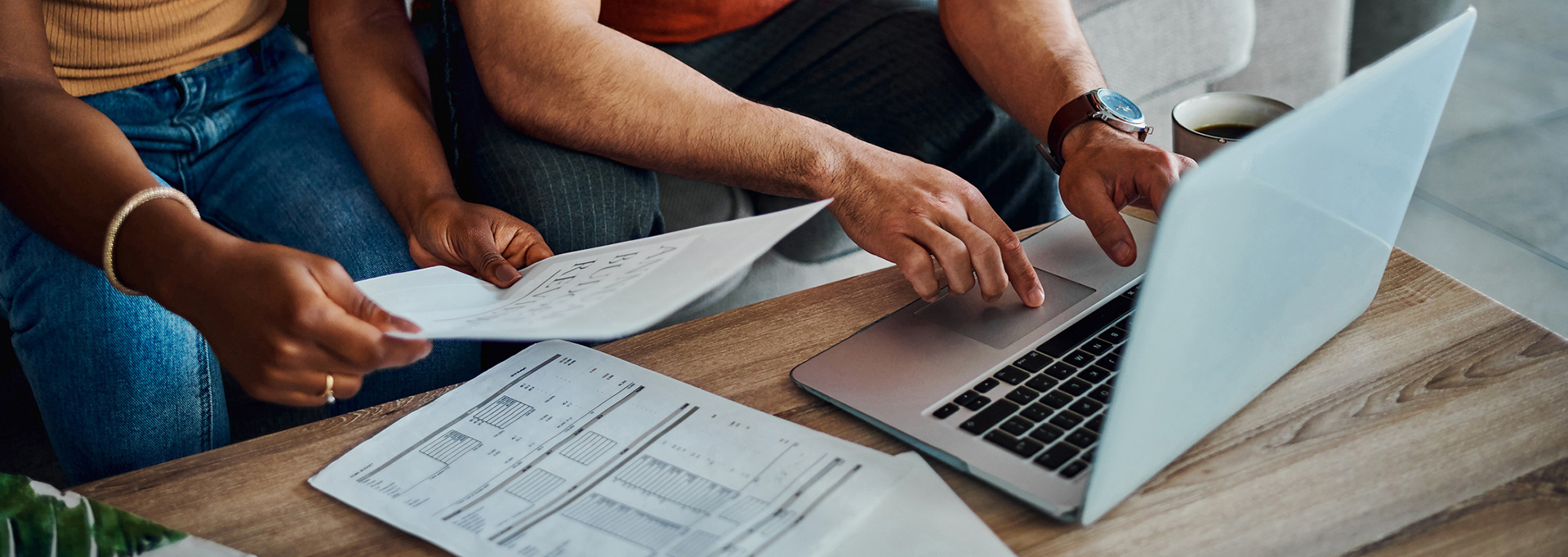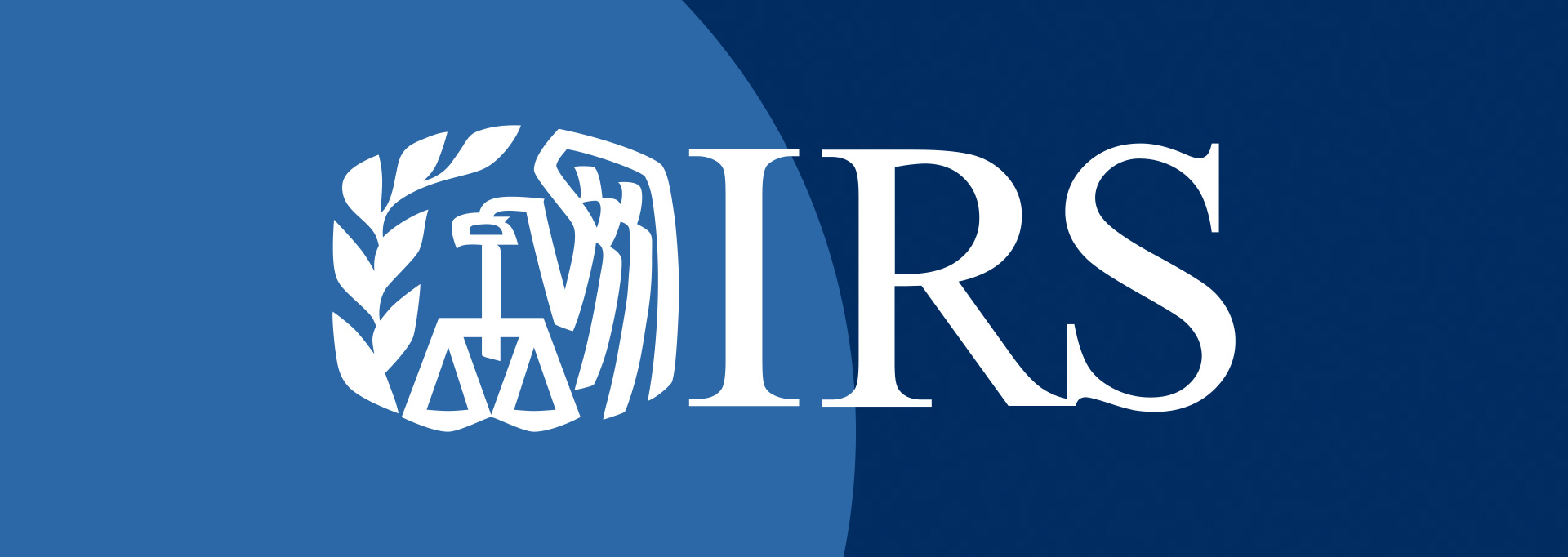Most products on this page are from partners who may compensate us. This may influence which products we write about and where and how they appear on the page. However, opinions expressed here are the author's alone, not those of any bank, credit card issuer, airline or hotel chain.
In November 2023,
 Related Article
Related Article
9 Best and Cheapest Online Tax Services in July 2024
Tax Rate Tables
The tax rate you pay is a direct correlation of your earnings over the previous year. Simply put, wherever you fall on the spectrum for your adjusted gross income (AGI), that will be the tax rate applied for your earnings.
For the 2024 tax brackets, the tax rates are still in a range from 10% to 37%, but both the federal income tax brackets and the standard deduction will see an uptick. This adjustment was made in an effort to combat the impact of inflation, and could provide a bit of a break for some taxpayers. These heightened figures will be applicable to your taxes for 2024, which you'll be submitting in
See the
2024 Income Tax Brackets (Returns Filed April 2025)
| Percentage | Single Filer | Married Filing Jointly | Married Filing Separate | Head of Household |
|---|---|---|---|---|
|
10% |
$0-$11,600 |
$0-$23,200 |
$0-$11,600 |
$0-$16,550 |
|
12% |
$11,601-$47,150 |
$23,201-$94,300 |
$11, 601-$47 ,150 |
$16,551-$63,100 |
|
22% |
$47,151-$100,525 |
$94,301-$201,050 |
$47,151-$100,525 |
$63,101-$100,500 |
|
24% |
$100,526-$191,950 |
$201,051-$383,900 |
$100,526-$191,950 |
$100,501-$191,950 |
|
32% |
$191,951-$243,725 |
$383,901-$487,450 |
$191,951-$243,725 |
$191,951-$243,700 |
|
35% |
$243,726-$609,350 |
$487,451-$731,200 |
$243,726-$365,600 |
$243,701-$609,350 |
|
37% |
$609,351+ |
$731,201+ |
$365,601+ |
$609,350+ |
If you're looking for tax brackets for 2023 (filed in 2024), here are those numbers:
2023 Income Tax Brackets (Returns Filed April 2024)
| Percentage | Single Filer | Married Filing Jointly | Married Filing Separate | Head of Household |
|---|---|---|---|---|
|
10% |
$0-$11,000 |
$0-$22,000 |
$0-$11,000 |
$0-$15,700 |
|
12% |
$11,001-$44,725 |
$22,001-$89,450 |
$11,001-$44,725 |
$15,701-$59,850 |
|
22% |
$44,726-$95,375 |
$89,451-$190,750 |
$44,726-$95,375 |
$59,851-$95,350 |
|
24% |
$95,376-$182,100 |
$190,751-$364,200 |
$95,376-$182,100 |
$95,351-$182,100 |
|
32% |
$182,101-$231,250 |
$364,201-$462,500 |
$182,101-$231,250 |
$182,101-$231,250 |
|
35% |
$231,251-$578,125 |
$462,501-$693,750 |
$231,251-$346,875 |
$231,251-$578,100 |
|
37% |
$578,126+ |
$693,751+ |
$346,876+ |
$578,101+ |
Capital Gains Tax
There’s a long-held understanding among investors that capital gains taxes are the norm for selling an asset for a profit. The government taxes those earnings separately from your salaried or earned income. There is a bonus, however, if you hold an asset for at least a year prior to selling you will be taxed less—it’s a “long-term capital gain tax." If you sell prior to a year it’s a “short-term capital gain tax,” which is a much more aggressive applied rate.
Below are the
Previous 2023 Long-Term Capital Gains Tax Rates
| Filing Status | 0% Rate | 15% Rate | 20% Rate |
|---|---|---|---|
|
Single |
Up to $44,625 |
$44,626 – $492,300 |
Over $492,300 |
|
Married filing jointly |
Up to $89,250 |
$89,251-$553,850 |
Over $553,850 |
|
Married filing separately |
Up to $44,625 |
$44,626 – $276,900 |
Over $276,900 |
|
Head of household |
Up to $59,750 |
$59,751-$523,050 |
Over $523,050 |
New 2024 Long-Term Capital Gains Tax Rates
| Filing Status | 0% Rate | 15% Rate | 20% Rate |
|---|---|---|---|
|
Single |
Up to $47,025 |
$47,026-$518,900 |
Over $518,900 |
|
Married filing jointly |
Up to $94,050 |
$94,051-$583,750 |
Over $583,750 |
|
Married filing separately |
Up to $47,025 |
$47,026-$291,850 |
Over $291,850 |
|
Head of household |
Up to $63,000 |
$63,001-$551,350 |
Over $551,350 |
Standard Deduction Increase
Also included as a direct result of inflation is an increase in standard deduction. The standard deduction is a portion of your AGI that isn’t subject to income tax. It’s common for the deduction to be increased incrementally year
With this increase taxpayers could see a decrease in their tax bill if they owe or they could now be subject to a refund.
Recommended High-Yield Savings Accounts
| Bank Account | APY | Features | Learn More |
|---|---|---|---|
|
|
5.30%
*Annual Percentage Yield (APY) is accurate as of 6/4/2024. Rate is subject to certain terms and conditions. You must deposit at least $5,000 to open your account and maintain $25 to earn the disclosed APY. Rate and APY may change at any time. Fees may reduce earnings. |
$5,000 min. deposit |
Open Account |
|
|
5.15%
UFB Direct breaks balances into five tiers, but, currently, there is only one interest rate. |
No minimum deposit |
Open Account |
|
Member FDIC |
0.50% - 4.60%
SoFi members with Direct Deposit or $5,000 or more in Qualifying Deposits during the 30-Day Evaluation Period can earn 4.60% annual percentage yield (APY) on savings balances (including Vaults) and 0.50% APY on checking balances. There is no minimum Direct Deposit amount required to qualify for the stated interest rate. Members without either Direct Deposit or Qualifying Deposits, during the 30-Day Evaluation Period will earn 1.20% APY on savings balances (including Vaults) and 0.50% APY on checking balances. Interest rates are variable and subject to change at any time. These rates are current as of 10/24/2023. There is no minimum balance requirement. Additional information can be found at http://www.sofi.com/legal/banking-rate-sheet. |
No minimum deposit |
Open Account |
|
|
5.00%
Earn 5.00% APY on balances over $5,000. Balances of less than $5,000 earn 0.25% APY. Annual Percentage Yield is accurate as of May 6, 2024. Interest rates for the Platinum Savings account are variable and subject to change at any time without notice. |
$100 minimum deposit |
Open Account |
Child Tax Credit
Tax payers who have children and are eligible for the Child Tax Credit, which can be up to $2,000 per qualifying dependent under 17. The only significant difference is that the refundable portion, sometimes called the additional child tax credit, is worth up to
Earned Income Credit
Low to moderate income households also have an additional tax break at their disposal as a way to lower their taxable income:the Earned Income Credit
Here’s the new ranges and
2024 Earned Income Credit (EIC) Qualification Table
| Qualification | No Children | 1 Child | 2 Children | 3+ Children |
|---|---|---|---|---|
|
Maximum EIC Amount |
$632 |
$4,213 |
$6,960 |
$7,830 |
|
Earned Income Required |
$8,260 |
$12,390 |
$17,400 |
$17,400 |
|
Phaseout Threshold (Married Filing Jointly) |
$17,250 |
$29,640 |
$29,640 |
$29,640 |
|
Completed Phaseout Amount (Married Filing Jointly) |
$25,511 |
$56,004 |
$62,688 |
$66,819 |
|
Phaseout Threshold (other filing statuses) |
$10,300 |
$22,720 |
$22,720 |
$22,720 |
|
Completed Phaseout (Other filing statuses) |
$18,591 |
$49,084 |
$55,768 |
$59,899 |
Taxes 2024 and Beyond
If inflation continues to spiral out of control, we may be seeing larger-than-normal credit increases in the c





















